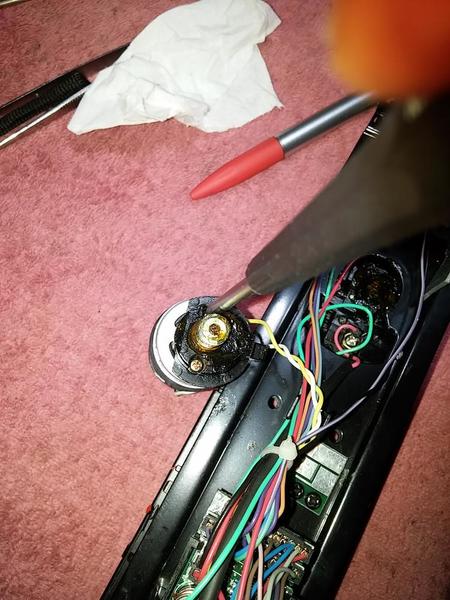Hoping someone has had the same experience and possible solution. I have an MTH Railking Amtrak 4 car Budd car set. I have maybe 3 hours of run time on it. I noticed today that when descending a grade (3%), the engine develops a jerky, almost stop/start motion to control the speed. I run DCS with remote as well as DCS WIFI, doesn't matter which. It exhibits the same behavior either way. I have tried to reset the engine but that didn't work. I don't know much about the motors, but I know it has two. I'm thinking maybe one of the motors isn't operating at the same speed or is intermittently starting and stopping and is out of sync with the other? Just a thought. Any light shed would be appreciated.
--Adam







